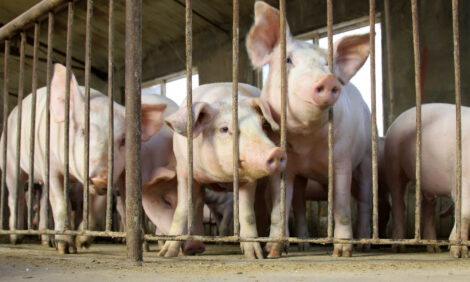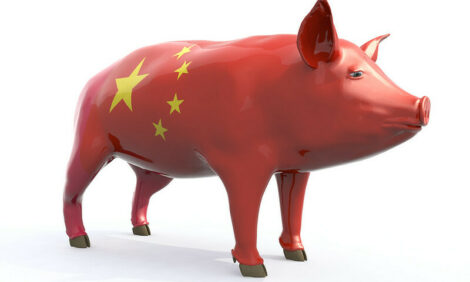



Use of antibiotics in Dutch livestock industry has fallen
THE NETHERLANDS - Veterinary use of antibiotics in the Netherlands fell by 2% in 2003. This recorded downturn does not include reduced use of antibiotics as animal feed additives. In the run-up to 1 January 2006, when antibiotics will no longer be permitted as animal feed additives, many animal feed manufacturers have in fact already stopped using them.
Regulating use
In the Netherlands only veterinary surgeons may prescribe and administer antibiotics. The Dutch quality assurance scheme, known as IKB (Integrated Chain Control), also contains additional requirements on the use of antibiotics. Some of the antibiotics used – referred to as ‘multi-species products’ – can be used for different animal species, which means that it is not possible to break down the use of all antibiotics according to animal species. The total curative use of antibiotics for all animal species taken together, expressed in kilograms of active ingredient, has fallen by approximately 2%. If only the products used for just one animal species are considered, an 8% drop in the products for pigs can be discerned.
Taking into account the potency of the product
Not all antibiotics are equally potent. In assessing antibiotic use, it is therefore important to record which products are used and what trends are evident in their relative breakdown. It has been found that international comparisons produce unusable results because of differences in the substances used. Only comparisons based on ‘number of doses used’ might prove useful; often the requisite data is not available, however.
In the Netherlands ‘traditional’ products such as tetracyclines and sulphonamides are commonly used. In 2003 there was even a slight increase in the use of tetracyclines, at the expense of other products. Traditional substances are less potent than more modern products such as fluorochinolones. These kinds of products are used sparingly to ensure that they can continue to be used effectively in human medicine (see table).

All these figures are included in the 2003 Antibiotics Report of the Dutch Association of Manufacturers and Importers of Veterinary Medicines (FIDIN).
Registration: means of reducing antibiotic resistance
The registration of figures relating to the use of antibiotics is an important aspect of antibiotic resistance surveillance efforts. To prevent the occurrence of residues in meat, the choice of medicine and compliance with prescribed withdrawal periods is of greater importance. These two facets of the use of veterinary medicines are covered at length in the Dutch Code of Good Veterinary Practice (GVP), which is part of the IKB quality assurance scheme.
Antibiotic resistance has been monitored in the animal sector since 1999. Monitoring in the human sector has been going on for much longer and the results are coordinated internationally. The latest report on these activities is the Annual Report 2002 of the European Antimicrobial Resistance Surveillance System (http://www.earss.rivm.nl/PAGINA/DOC/rep2002/annual-report-2002.pdf). It can be concluded from international reports that the situation as regards antibiotic resistance in the Netherlands is favourable.
Source: Dutch Meat Board - 7th July 2003






